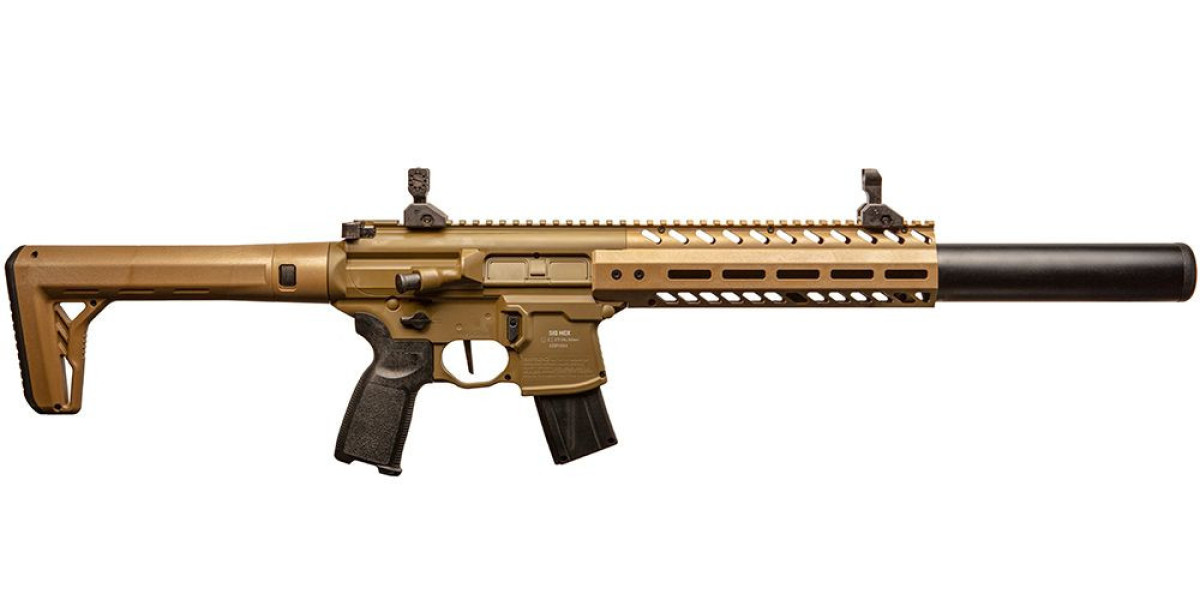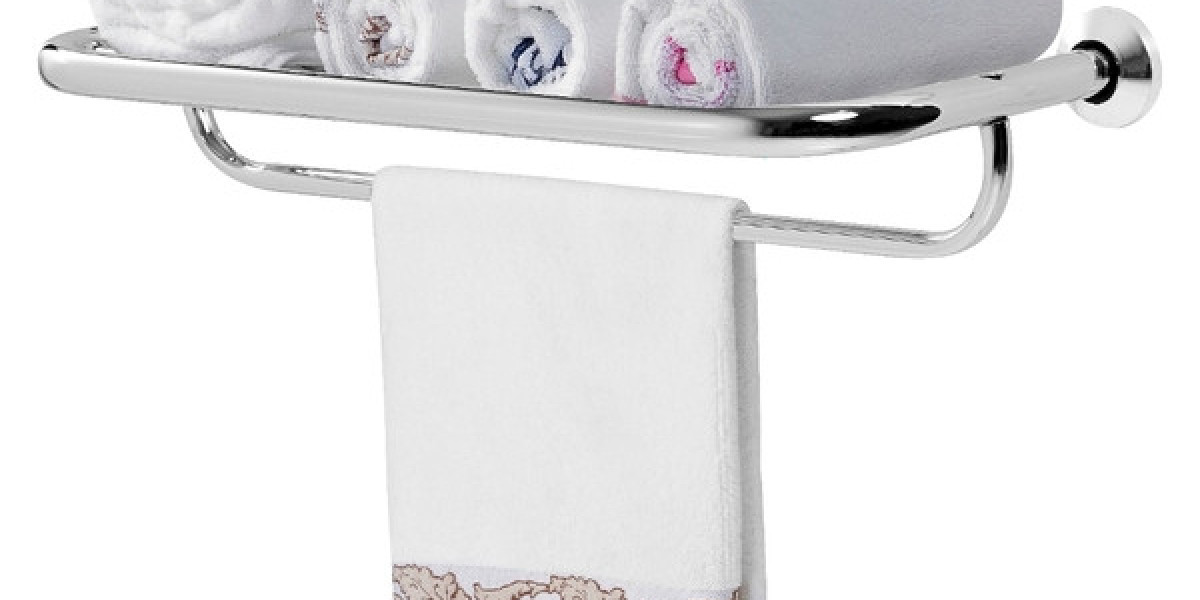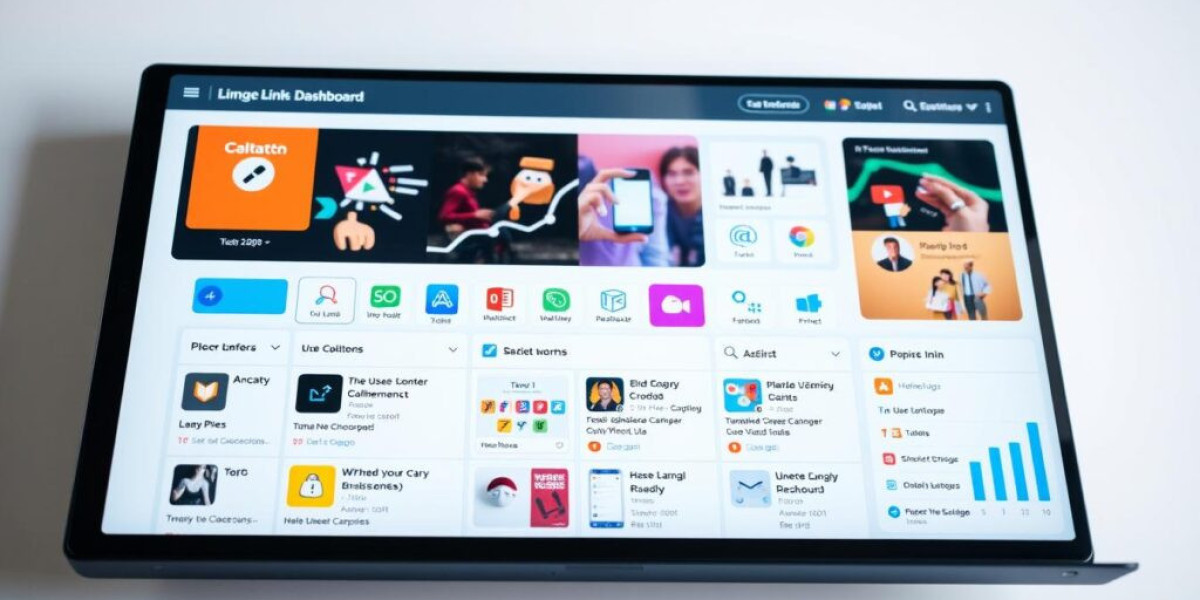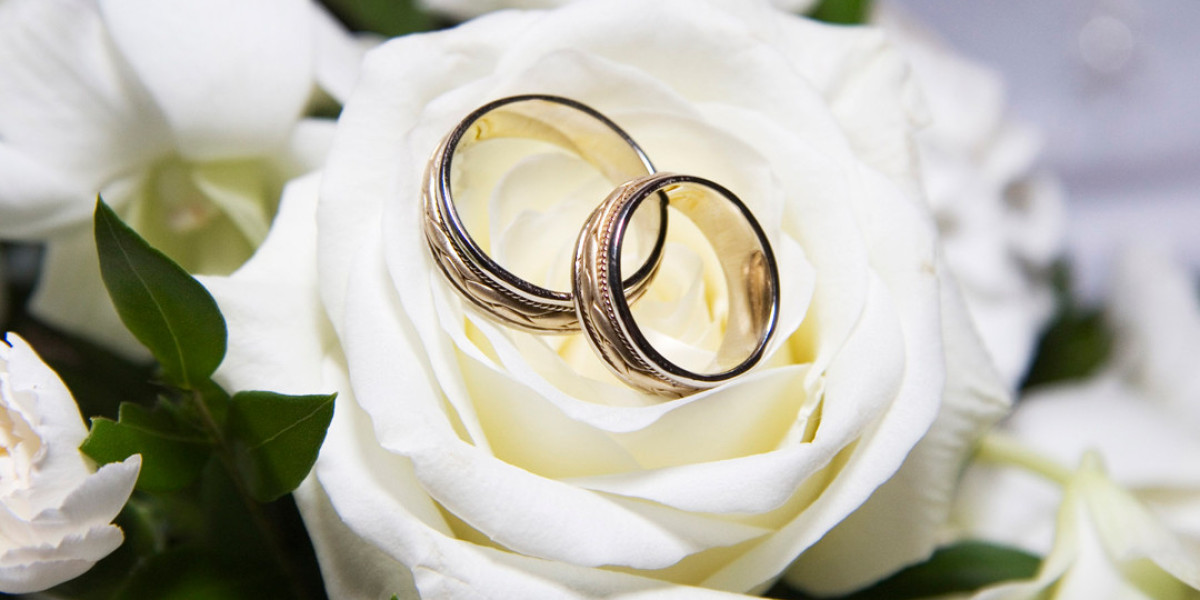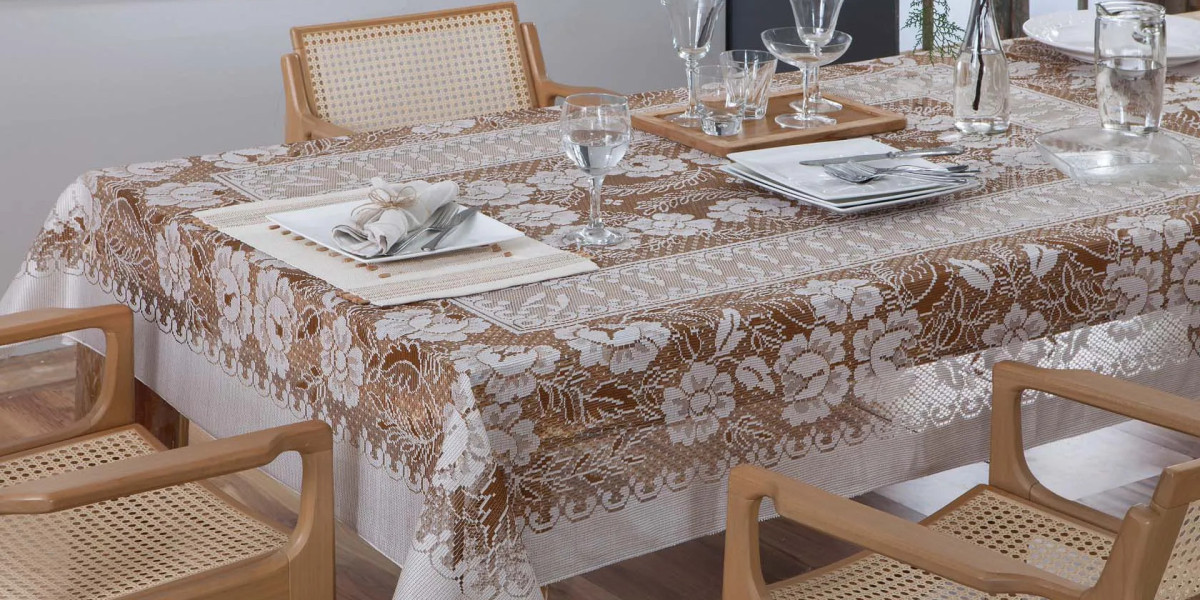When it comes to firearms, pistols and rifles are two of the most common types, each with its own set of features, advantages, and uses. Whether you are a first-time buyer, a sports shooter, or someone interested in self-defense, understanding the differences between a pistol and a rifle can help you choose the right firearm for your needs. In this post, we will explore the key distinctions between pistols and rifles, their respective strengths, and when to choose one over the other.
What is a Pistol?
A pistol is a type of handgun, designed to be held and operated with one hand. Pistols are typically smaller, more compact, and more portable than rifles, making them an ideal choice for personal defense, concealed carry, or situations where mobility is crucial.
Key features of pistols include:
Compact Size: Small enough to fit in a holster or be carried concealed on your person.
Single-Hand Operation: Designed for one-handed use, making them convenient for personal defense situations.
Shorter Barrel Length: Generally shorter than a rifle’s barrel, which limits range but increases maneuverability in close quarters.
Variety of Calibers: Available in a range of calibers, from small (such as .22 caliber) to larger, more powerful rounds (such as .45 ACP or 9mm).
Types of Pistols:
Semi-Automatic Pistols: These pistols automatically load the next round after firing, offering quick follow-up shots.
Revolvers: Revolvers use a rotating cylinder to hold multiple rounds and require manual cocking for each shot.
What is a Rifle?
A rifle is a long-barreled firearm designed for precise shooting, often used for hunting, target shooting, and military or law enforcement applications. Rifles are designed to be fired from the shoulder, and their longer barrels provide greater accuracy and range than pistols.
Key features of rifles include:
Longer Barrel: A longer barrel allows for a more accurate shot and increased muzzle velocity, making rifles ideal for long-range shooting.
Shoulder-Fired: Designed to be fired with both hands, held against the shoulder to absorb recoil and improve accuracy.
Greater Caliber Options: Rifles often use larger, more powerful cartridges, which can provide better penetration and more forceful impact.
Higher Capacity Magazines: Many rifles have larger magazines, allowing them to hold more rounds than a pistol.
Types of Rifles:
Bolt-Action Rifles: A manual action rifle where the shooter must manually cycle the bolt between shots, often used in hunting and precision shooting.
Semi-Automatic Rifles: Similar to a semi-automatic pistol, these rifles automatically load the next round after firing.
Lever-Action Rifles: These rifles use a lever to load the next round, common in hunting and Western-style firearms.
Automatic Rifles: These rifles continue to fire as long as the trigger is held down (available only to military or law enforcement in most regions).
Pistol vs. Rifle: Key Differences
Size and Portability:
Pistol: Compact and lightweight, pistols are easier to carry and conceal, making them ideal for personal defense and situations where mobility is key.
Rifle: Larger and heavier, rifles are designed for stationary use or long-range shooting, though they are not as portable as pistols.
Accuracy and Range:
Pistol: Pistols have shorter barrels, which limits their range and accuracy. They are ideal for close-range combat and self-defense but may struggle at longer distances.
Rifle: The longer barrel of a rifle allows for greater accuracy and range, making it the better choice for hunting and long-distance target shooting.
Recoil:
Pistol: Pistols generally have more noticeable recoil, especially in larger calibers. Recoil can affect accuracy but is manageable with practice.
Rifle: Rifles have more recoil than pistols, but it’s typically absorbed by the shooter’s shoulder, which reduces the perceived impact.
Rate of Fire:
Pistol: Depending on the type, pistols can have a slower rate of fire compared to rifles, although semi-automatic models can offer faster follow-up shots than revolvers.
Rifle: Rifles generally have a faster rate of fire, especially with semi-automatic or automatic models, making them ideal for combat situations or rapid target shooting.
Purpose and Use Cases:
Pistol: Ideal for personal defense, concealed carry, law enforcement, and close-quarters combat.
Rifle: Best suited for long-range shooting, hunting, target shooting, and military or tactical use.
When to Choose a Pistol
Personal Defense: Pistols are easy to carry and conceal, making them the go-to choice for self-defense.
Concealed Carry: If you want a firearm that’s small enough to carry discreetly, a pistol is a more practical option.
Close-Quarters Situations: For defending yourself at close range, pistols are maneuverable and quick to deploy.
When to Choose a Rifle
Long-Range Shooting: Rifles are perfect for precise shooting over long distances, whether you're hunting, shooting targets, or participating in competitions.
Hunting: If you're hunting larger game or need a firearm that can reach long distances, a rifle is the optimal choice.
Tactical Use: For military or law enforcement personnel, rifles provide the accuracy, power, and rate of fire needed in combat situations.
Conclusion: Choosing the Right Firearm for Your Needs
Whether you choose a pistol gun or a rifle gun depends on your intended use. If portability, quick access, and self-defense are your priorities, a pistol is an ideal option. However, if you need a firearm for precision, range, and larger targets, a rifle will serve you better. Both firearms have unique advantages, and understanding those can help you make an informed choice based on your specific needs.
